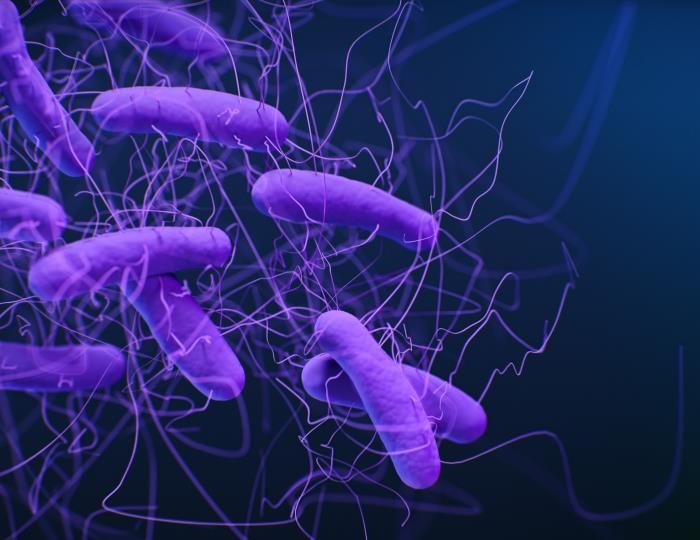Investigators Offer Hope for Drug That Would Cure C. Diff
It’s not a cure for Clostridiodies difficile, but it’s certainly a huge step toward finding one for the deadly infection that claims 15,000 lives a year in the United States alone, according to investigators who say they have identified the toxin that the most virulent strains of C. diff releases.

It’s not a cure for Clostridiodies difficile, but it’s certainly a huge step toward finding one for the deadly infection that claims 15,000 lives a year in the United States alone, according to investigators who say they have identified the toxin that the most virulent strains of C. diff releases.
Investigators with CUNY’s Structural Biology Initiative pulled out all the stops in tracking down CDTb, the toxin released by the most dangerous strains of C. diff. The research team, whose findings were published in PNAS, used cryogenic electron microscopy, X-ray crystallography, nuclear magnetic resonance, and small angle X-ray scattering to determine that CDTb needs 2 components to function, making it a binary toxin.
Its lethality mimics anthrax in the way it enters cells, first binding to them and then creating a pore-forming channel that allows CDTb to get in and wreak havoc. Unlike anthrax, CDTb “does not require a lipid bilayer or presence of detergents to form.”
Amédée de Georges, the study’s principal investigator, said in a press release that investigators were “able to combine several increasingly popular biophysical imaging techniques to visualize and characterize every atom of this binary toxin and show us where they are positioned. These details provide a critical and extremely useful starting point for designing drugs that can prevent C. diff infection.”
They also discovered a novel calcium binding site on one of CDTb’s domain, which suggests that calcium plays a crucial part in allowing C. diff to infect cells.
Taken together, the investigators say that “the structures of active CDTb will contribute next to answering important new questions regarding the molecular mechanisms of the C. difficile toxin, which can also benefit drug discovery.
Xingjian Xu, a CUNY PhD student and an investigator in de Georges' lab, explained that the research team “observed 2 similar but distinct forms of the C. diff toxin-1 where we see the pore-forming channel and 1 where it is invisible. This gives us clues as to how to prevent the formation of the channel and stop the bacteria from entering the cell.”
This research was funded by the National Institutes of Health, National Science Foundation Division of Chemistry, and the US Department of Health and Human Services.
From Shortages to Security: How Reusable Health Care Textiles Can Transform Infection Prevention
March 7th 2025Reusable health care textiles enhance infection prevention, reduce waste, and strengthen supply chains. Hygienically clean textiles offer a sustainable, cost-effective alternative to disposable PPE, ensuring patient safety and environmental responsibility.